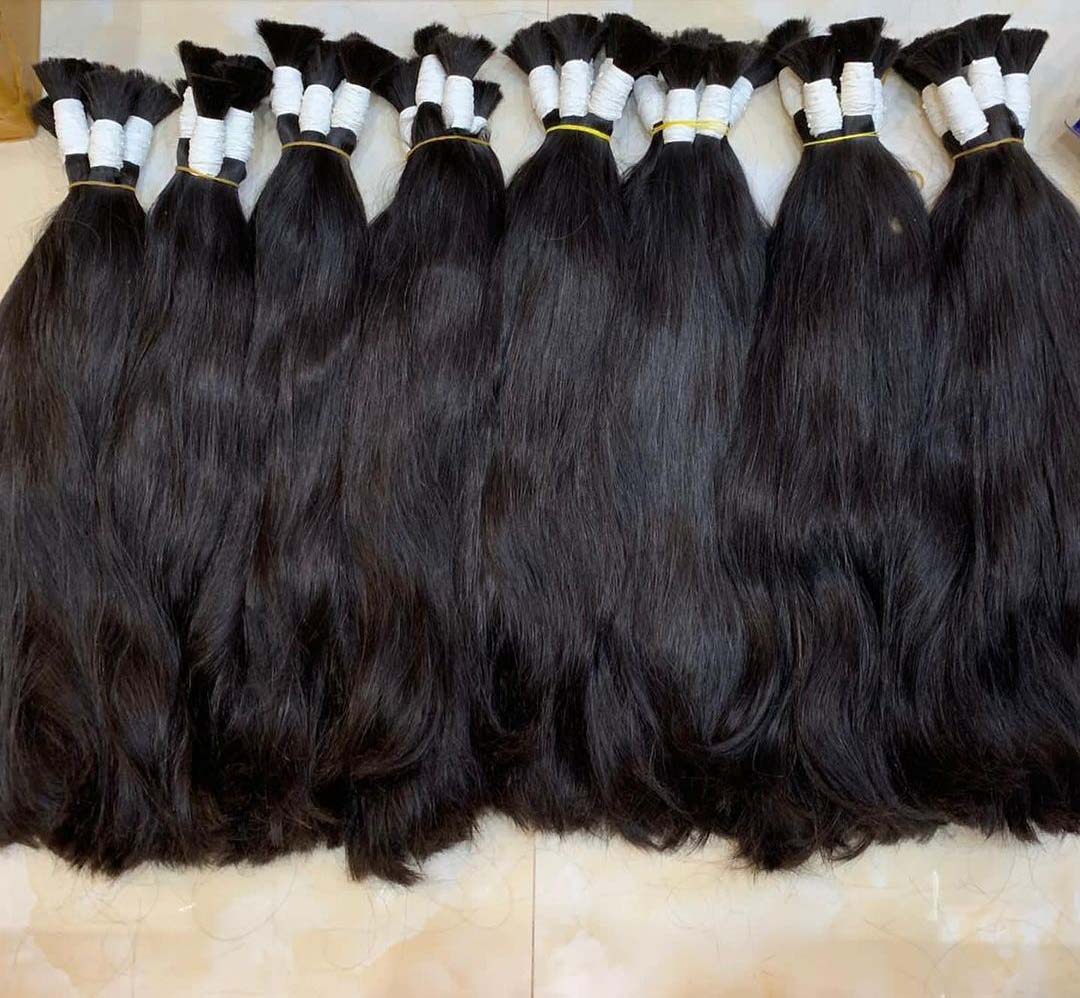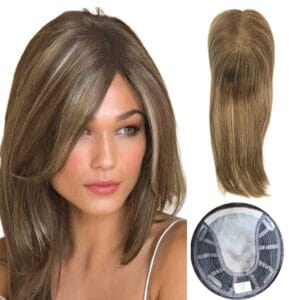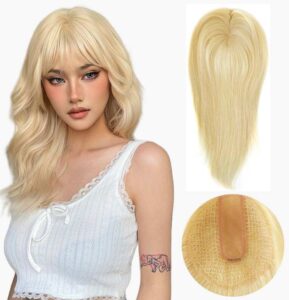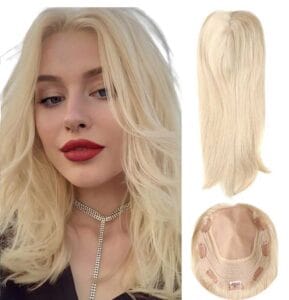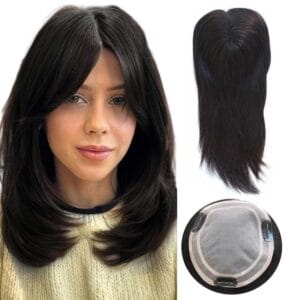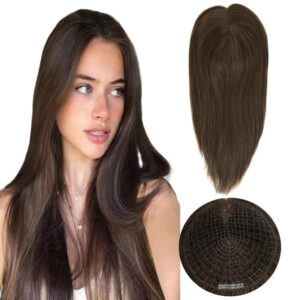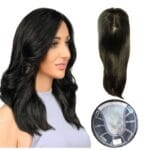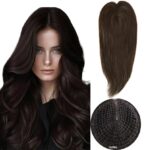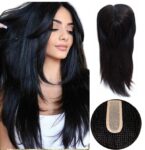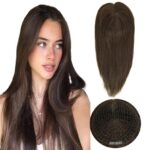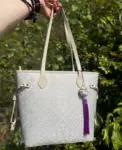If Vietnamese hair gets tangled, it can be quite a hassle. Imagine spending precious time detangling knots instead of enjoying your day. Tangles can cause breakage, making the hair look frizzy and damaged. I remember once, my Vietnamese hair extensions got so tangled after a windy day that I almost gave up. However, Here are Reasons you should know.
The Nature of Vietnamese Hair
Quality and Characteristics
Vietnamese hair is strong and often has a natural wave. it is divided into non-remy hair and Remy hair, Vietnamese hair is typically sourced from young women in rural areas of Vietnam, where hair care traditions help keep the hair in excellent condition. The hair is usually untreated, preserving its natural texture and strength. China hair factory is good at using Vietnamese hair to process hair weaves
Why Tangles Happen
Despite its quality, Vietnamese hair can still tangle. Tangles occur when hair strands twist around each other, creating knots. This can happen for several reasons, from improper care to environmental factors.
Causes of Tangles in Vietnamese Hair
(1). Lack of Moisture
One of the main reasons hair tangles is a lack of moisture. Dry hair is more prone to tangling because the cuticles are rough and catch on each other.
(2). Personal Anecdote
I remember the first time I wore Vietnamese hair extensions. They looked stunning, but I didn’t realize moisturizing them was important. After a few days, I noticed they started tangling, especially at the end. The tangling reduced significantly once I started using a good leave-in conditioner and moisturizing it regularly.
(3). Improper Brushing
Brushing your hair the wrong way can lead to tangles. Using the wrong type of brush or being too rough can damage the hair and cause knots.
(4). Sleeping Habits
Sleeping with your hair down can cause it to tangle. Tossing and turning at night creates friction between the hair and the pillow, leading to tangles.
(5). Environmental Factors
Environmental factors like wind, humidity, and pollution can contribute to hair tangling. Exposure to these elements can make the hair dry and more prone to knots.
(6). Product Buildup
Using too many styling products can lead to buildup on the hair, making it sticky and more likely to tangle.
(7). Hair Damage
Hair that is damaged from heat styling, chemical treatments, or over-processing is more likely to tangle. Damaged hair has a rougher cuticle layer, which increases friction between strands.
How to untangle Vietnamese raw hair?
(1). Regular Moisturizing
Keeping your hair moisturized is key to preventing tangles. Use a good conditioner and deep-condition your hair regularly to keep it smooth and manageable.
(2). Proper Brushing Techniques
Use a wide-tooth comb or a brush designed for detangling. Start at the ends of your hair and work your way up to the roots, gently removing tangles without causing breakage.
(3). Personal Anecdote
“After learning the hard way, I switched to a wide-tooth comb for my Vietnamese hair extensions. I also started detangling my hair when it was damp, which made a huge difference. Now, I rarely experience tangles, and my hair looks healthier.”
(4). Protective Hairstyles
Wearing protective hairstyles, like braids or buns, can help prevent tangles, especially while sleeping. This reduces friction and keeps the hair neat.
(5). Use of Silk or Satin
Sleeping on a silk or satin pillowcase can help reduce friction and prevent tangles. These materials are gentler on the hair compared to cotton pillowcases.
(6). Avoiding Product Overload
Use styling products sparingly. Opt for lightweight products that won’t weigh the hair down or make it sticky.
(7). Gentle Handling
Be gentle with your hair. Avoid rough towel-drying and limit the use of heat styling tools. When you do use heat, apply a heat protectant spray to minimize damage.
Vietnamese Hair Care Routine
(1). Washing
Wash your Vietnamese hair extensions with a sulfate-free shampoo to avoid stripping the hair of its natural oils. Follow up with a moisturizing conditioner to keep the hair hydrated.
(2). Conditioning
Deep condition your hair at least once a week. This helps restore moisture and keeps the hair smooth and manageable.
(3). Detangling
Always detangle your hair when it is wet or damp. Use a wide-tooth comb and work through the tangles gently.
(4). Styling
Use heat styling tools sparingly and always apply a heat protectant. Opt for low-heat settings to minimize damage.
Final Tips for Care
- Regular Maintenance: Keep your hair moisturized and detangled.
- Protective Measures: Use silk or satin pillowcases and protective hairstyles.
- Gentle Handling: Treat your hair with care to avoid damage and tangles.
Understanding why Vietnamese hair tangles and how to prevent it can make a significant difference in your hair care routine. With the right practices, you can enjoy the natural beauty and durability of Vietnamese hair without the frustration of tangles.
Click below contact to Get in touch with Vietnamese hair factory.

